It’s fitting that my first new interview since returning to Matt Chats is with Jim Zub, given he is responsible for my position at The Beat. I answered a call for reporters at New York Comic Con six years ago, and spent my time at NYCC covering panels and doing quick interviews with creators. Zub was the first person I approached, which provides some excuse for pressing the wrong button on my new recorder, causing our talk not to record.
I contacted Jim to apologize, and he suggested that we do an interview over email. That was my first work for The Beat outside of a convention, and led to my position as a staff writer and columnist for my favorite comic news website. I’ve continued checking in with Zub about his career, and this is at least my fifth interview with him.
Our discussion about his newest creator-owned series Glitterbomb is my favorite conversation with him yet, as Zub goes deep into the creative, financial, and emotional process behind my favorite comic of 2017. Learn the origin of the story, how he’s responded to the first volume mirroring recent happenings, and how his own setbacks inspired Glitterbomb.
They say art mimics life, but the parallels between Volume 1 on Glitterbomb and the Weinstein Effect are pretty astounding. Have recent happenings changed how you approach writing the remainder of the series?
It’s been strange watching all this erupt in Hollywood in the year since we released the first Glitterbomb mini-series. It’s validating, but also gut-wrenching. The story Djibril and I put together was built from material I’d researched, but also exaggerated for dramatic effect…or so I thought. It turns out I could have been way worse in my portrayal of Hollywood’s elite and it still probably wouldn’t have gone far enough.
We were already putting the finishing touches on the final issue of Glitterbomb: The Fame Game as the Weinstein stuff hit mainstream media outlets, so it didn’t change our plans, but if the third mini-series happens it’ll definitely be affected by the changing climate of abusers finally being taken to task for their sick power games. I couldn’t tell a story about Hollywood’s dark impulses and not bring this into the mix given all that’s happened.
Did you conduct research for the subject material explored in Glitterbomb? If so, did you learn anything particularly surprising?
I had the emotional core of the story already worked out but wanted to make sure the industry aspects felt grounded, so our supernatural horror was well anchored in ‘real’ Hollywood business. I read a lot about the hoops actors jump through to try and get their start. I watched documentaries on productions and the different roles people have behind the camera and off set. I read a lot of industry-centric news focused on agents, producers, casting and things like that to broaden my knowledge of how the system works.
The backmatter from Holly Raychelle Hughes really matches what’s occurring in the comic. How did she become part of the team?
While doing my research on mistreatment in Hollywood I came across Holly’s essay posted on XOJane.
The article was filled with creepy interactions that felt like the kind of thing I’d been putting together for Glitterbomb. Even more chilling, it was all real. I bookmarked it and thought about the possibility of including back matter in our series, something in a similar vein – Tell-all stories ripping the veil off Tinseltown.
The more I thought about it, the more the idea of that back matter appealed to me. The media contacts I have weren’t willing to talk about those sorts of experiences, anonymously or otherwise. I found other articles that discussed abuse, but most were broad hearsay rather than the kind of specific events Holly wrote about. I kept going back to her piece, thinking about how I could find that kind of material and discuss this climate with someone like her. Finally, I realized that if I didn’t at least try to reach out to her I’d kick myself about it later.
I found Holly on Twitter and sent her a message to let her know how much her article affected me and that I was working on a fictional story about abuse in Hollywood. I tried to make it clear I wasn’t being a creeper and that she didn’t have to respond at all, but if she wanted more information I could send the first issue her way. Thankfully she replied, and we started up a conversation. She loved the first issue and was enthusiastic about helping out. I paid to reprint her original article in our first issue and then commissioned her to write new essays for the rest of the series, giving her a platform to explore whatever aspects of her time in Hollywood she felt fit best with what Djibril and I were putting together. Holly’s essays added a gravity to the series that carries even more weight now given how this kind of behaviour finally seems to be coming home to roost.
Djibril Morissette-Phan’s art for the series is incredible. In your eyes, how has his work most elevated the story?
First off, the series wouldn’t have even happened without Djibril. Glitterbomb was just a title and a half page overview I had kicking around. It was one of a half-dozen concepts sitting in my “Possible Projects” folder. I had no timeline for developing it until I met Djibril and realized his artwork would be a perfect fit. He came on board and then, within a couple months, it went from that broad concept to a fully developed story, a set of character designs, a cover mock-up, samples pages and a successful pitch to Eric Stephenson.
Djibril really has a cinematic sensibility to his storytelling. It’s dark and moody, but never unclear. He illustrates environments as effortlessly as he draws subtle emotion and that’s something I’ve really relied on to deliver some of the more nuanced scenes in the story.
The great thing about the monster is that it doesn’t have to be more than this personification of hatred and fear, but it can be. Will we learn details on its background in the next volume, or do you prefer to keep things vague?
As far as I’m concerned, the unknown is always scarier. I don’t want to codify exactly what this creature can do, where it comes from, or its weakness. That’s not what the story is about. It’s a dark impulse, an emotional response. It feeds on suffering and looks for hosts to give it what it wants. Everything we want to say about the creature as a being has already been covered. Glitterbomb is about the human characters, not a monster hunt. The creature is a catalyst for the emotional stuff.
Your creator-owned work has been primarily fantasy-based, and I feel like fantasy is a cousin to horror. How much of a leap was it from one genre to the other?
The leap from fantasy to horror was way harder than I expected. I’m an upbeat and optimistic person by nature, so Glitterbomb is very different from how I usually think and write. Almost everything else I’ve written has a sense of adventure, wonderment, and hope. Glitterbomb assumes the worst in everyone, and that can be simultaneously cathartic and awful to play with, especially when I start to overthink it and realize it’s closer to reality than my other stories.
How did the story gestate? Can you pinpoint what aspect of the series came first?
The theme came first. It formed from the idea that for every 1 in a million-breakout star, there are 999, 999 people who didn’t make it. The stories of those failed dreamers aren’t inspiring or uplifting, but the emotions that come with that failure are worth exploring. Those cheery thoughts formed from my own worries about being a failure as a writer.
In an interview, you said the story grew out of your “broader feelings of fear and failure.” Can you expand on that? I’m curious how that might have come into play for you recently, given your rising success.
In late 2012 I was set to tackle a big comic project, easily the biggest of my career at that point. It would be a huge upswing in my profile and felt like a vindication of the hard work I’d put into my writing while burning the candle at both ends with my day jobs (I was teaching full-time and managing creative services for UDON Entertainment while also writing and managing Skullkickers, my creator-owned series at Image). I was heading into 2013 with a huge workload, but it all seemed to be paying off.
And then, it all came apart. I’d find out later that one of the editors involved didn’t want me on board and, I know this is going to sound dramatic but I’m serious, they sabotaged me. I was sending emails into the void, not getting any feedback, and then wound up on an important conference call where I looked like an absolute fool to the editors at the top of the chain because I didn’t know the call was coming, didn’t know what was happening on the project, and didn’t know what parts of my story were approved or not.
Nowadays, I feel like I know how to navigate multiple levels of editorial and would know who to talk to if things got bumpy, but at the time I was just blindsided and had no idea what to do. I’d never encountered people playing politics and backstabbing each other this way before. I went from having outlines ready and a pair of scripts written and approved to no communication at all and then being fired without any idea what was going on. Writing comics was (and of course still is) an absolute dream for me and, just like that, my reputation at a big publisher had been shot to pieces. In short, it kicked my ass.
I felt like I’d missed out on the opportunity of a lifetime. I felt like a failure. I replayed every conversation and encounter, wondering why I hadn’t seen things going off the rails sooner. At the same time, several key people in the industry that I’d considered friends seemed to just wash their hands of me because I wasn’t doing high profile work any more. I wasn’t a creator on the rise – I’d peaked early and was on my way out.
The aftermath of that whole situation, feeling like I’d missed my shot and would never get another one, that was where Glitterbomb first took root. It was a roundabout way for me to pin down some of my fears about failure at that time. Plugging that emotional stuff into the bigger spectacle of Hollywood and the way middle-aged actresses are held back in their careers, that development came later.
In the backup essay of the last issue of Fame Game, you write that “with luck” there will be a third and final volume. What might prevent its completion?
The current market for creator-owned comics can be bumpy, and selling a 4-issue mini-series that readers and retailers know will be collected a few months later is harder still. Our single issues sales have been rocky, and I don’t know if the math will even out once we get our trade and digital figures. We have a loyal readership and reviews have been stellar, but it may not be enough when all the numbers are added up.
Don’t get me wrong, Image has been incredibly supportive. Eric green lit our second mini even though the trajectory of our first one was still unsure. Image is willing to drill down deep to see if a series has potential, deeper than any other publisher in the market. They’re creator-first, all the way.
As awful as this sounds, the current climate in Hollywood may work to our advantage. There’s been new interest in media rights and foreign rights for Glitterbomb and that may be a way for us to raise the profile on series.
You were able to do all six arcs of Skullkickers you mapped out, and it seems like Wayward will also be able to end on its own terms. Would it be difficult for you if Glitterbomb doesn’t reach its intended conclusion?
I built each miniseries of Glitterbomb to stand on its own so that it wouldn’t feel incomplete if the second or third one didn’t happen. That was always the plan. I’d prefer to bring that broader story to the conclusion I had in mind, but I still think it works as-is if we don’t get the third mini-series.
The real takeaway for me has been getting to work with such a great team. Djibril, Kurt, Marshall, Holly, and Briah have all worked so hard on this series and it shows on those final pages. The market ebbs and flows and we can’t control that. All we can do is put our best out there and see how it goes.
Given that the lead character and plot change with each miniseries, what do you ultimately want people to take away from Glitterbomb as a whole?
Glitterbomb is a story that moves through its cast, pulling them into a harsh spotlight that bares down and shows all their flaws. It’s ugly and vicious, punctuated with bits of dark satire. That said, I’ve been careful not to tell anyone what they should take away from it or what it all means. It’s up to the reader to decide. All I hope is that people read it and that it sticks with them.
The first two volumes of Glitterbomb are available wherever great comics are sold. While waiting/hoping/praying for the third volume to hit shelves, check out Jim’s other creator-owned series Wayward and Skullkickers, and see his work in Avengers every week leading up to the 600th issue.
MATT CHATS is a weekly interview series that goes live on Tuesdays, conducted between Matt O’Keefe and a creator and/or player in the comic book industry, diving deep into industry, process, and creative topics. Find its author, Matt O’Keefe, on Twitter and Tumblr. Send questions, comments, complaints or whatever else is on your mind to [email protected].


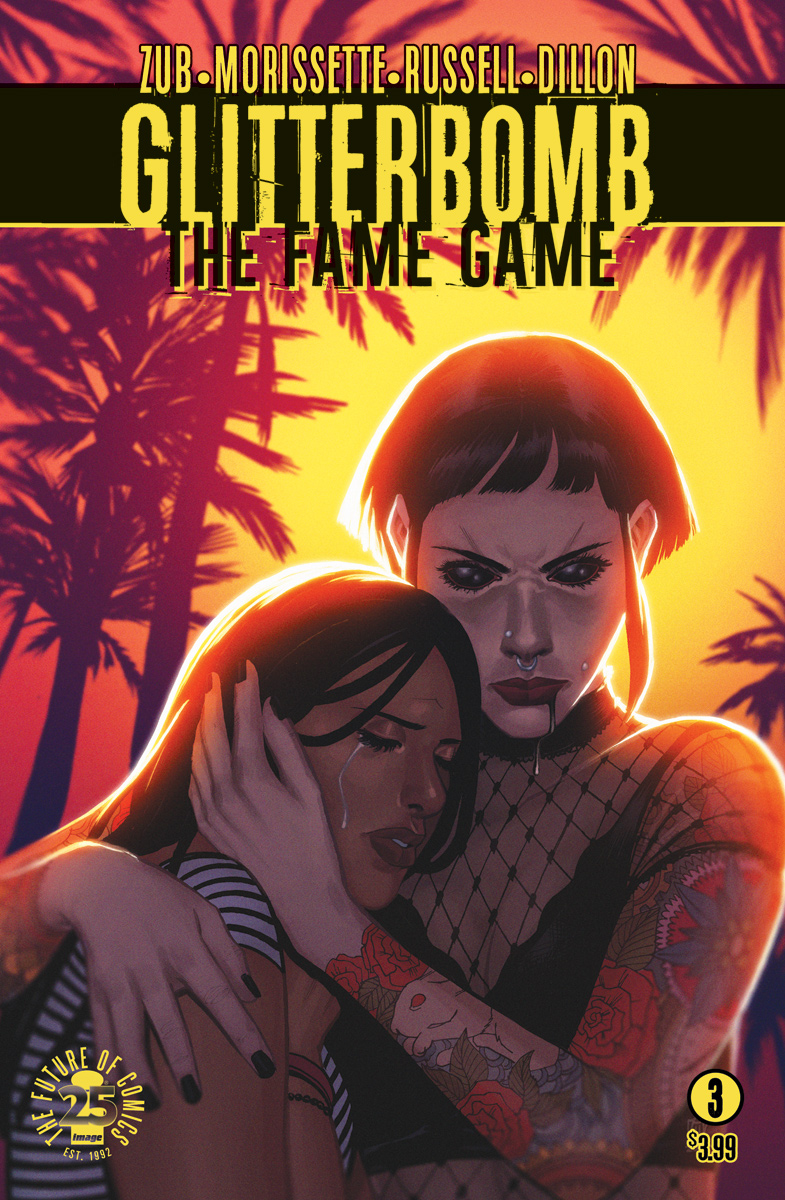
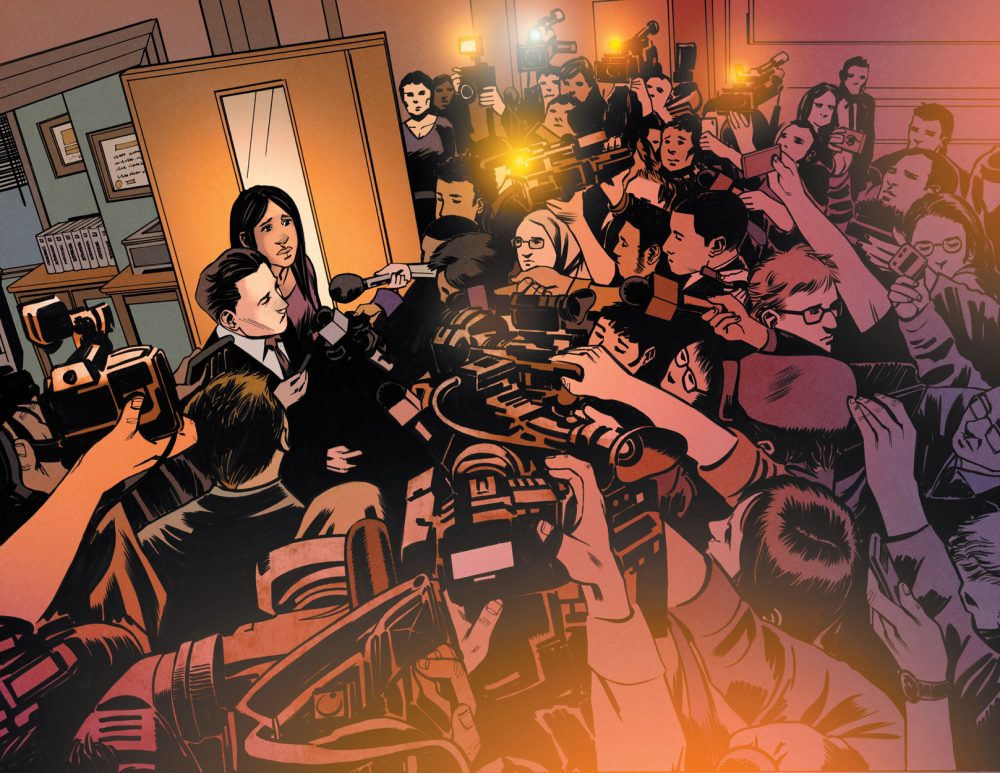
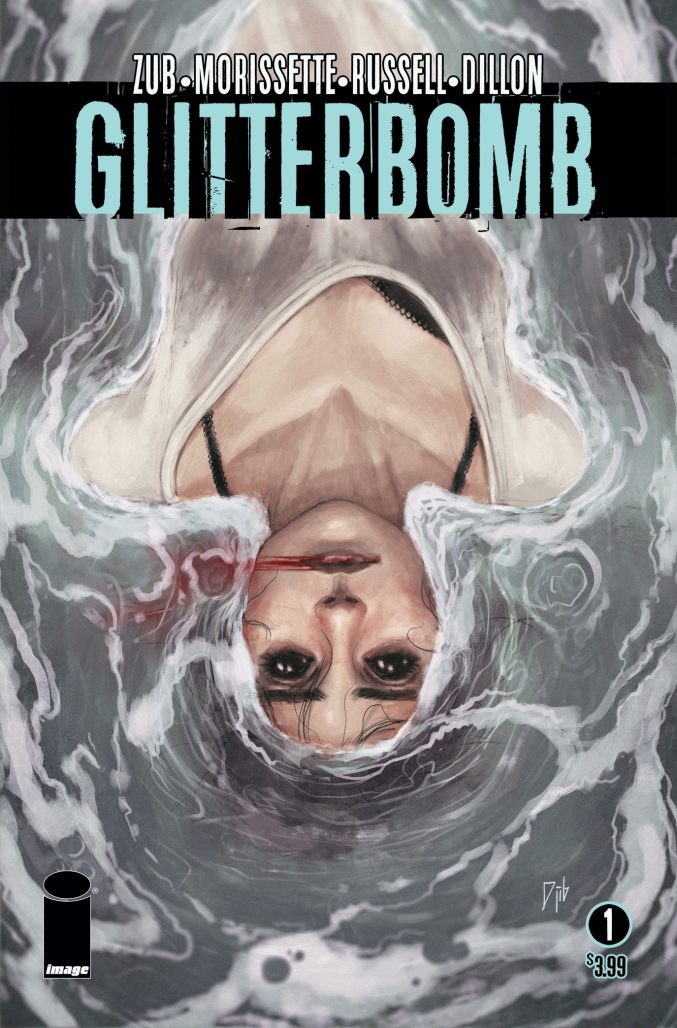
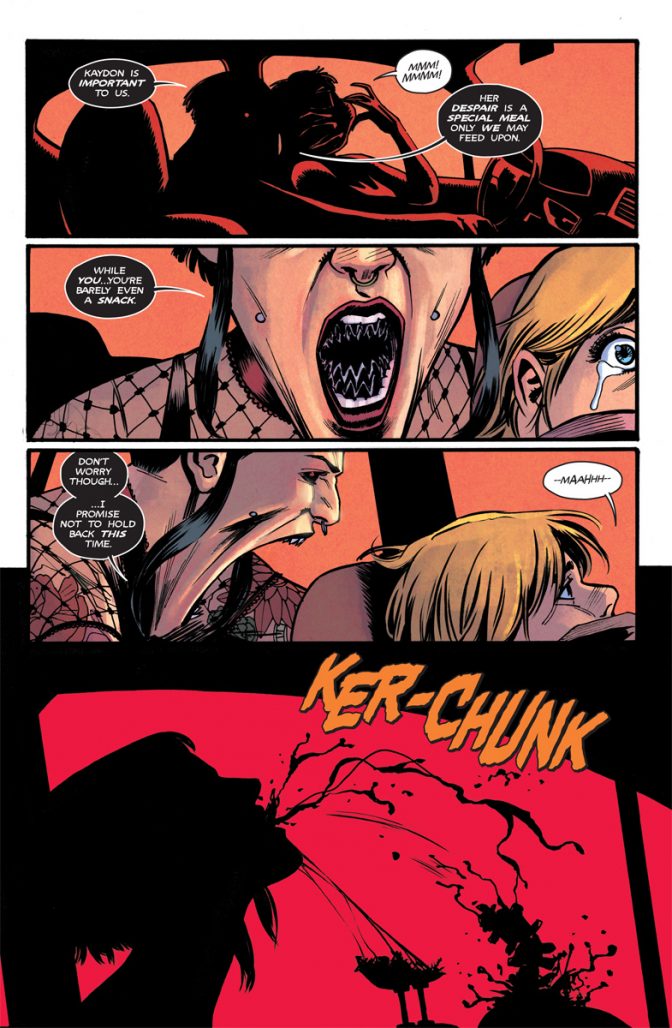
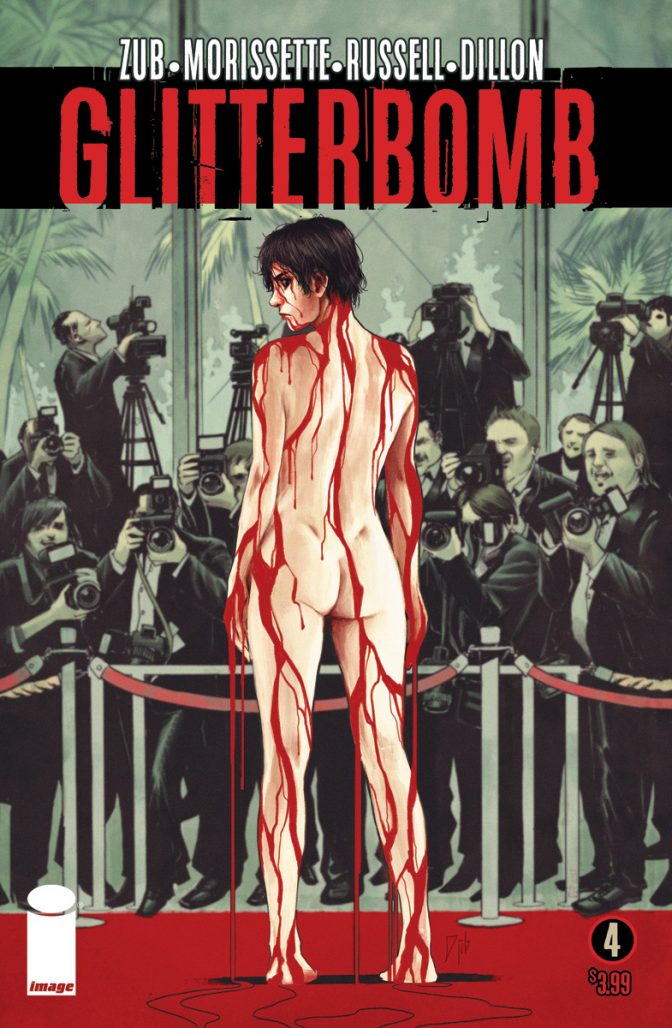
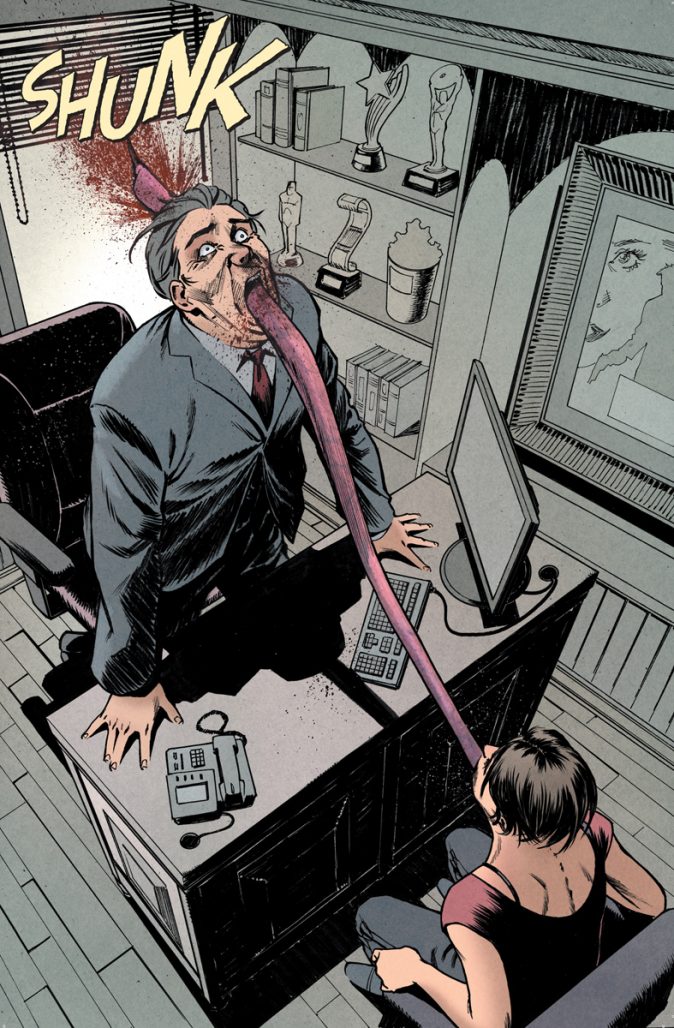
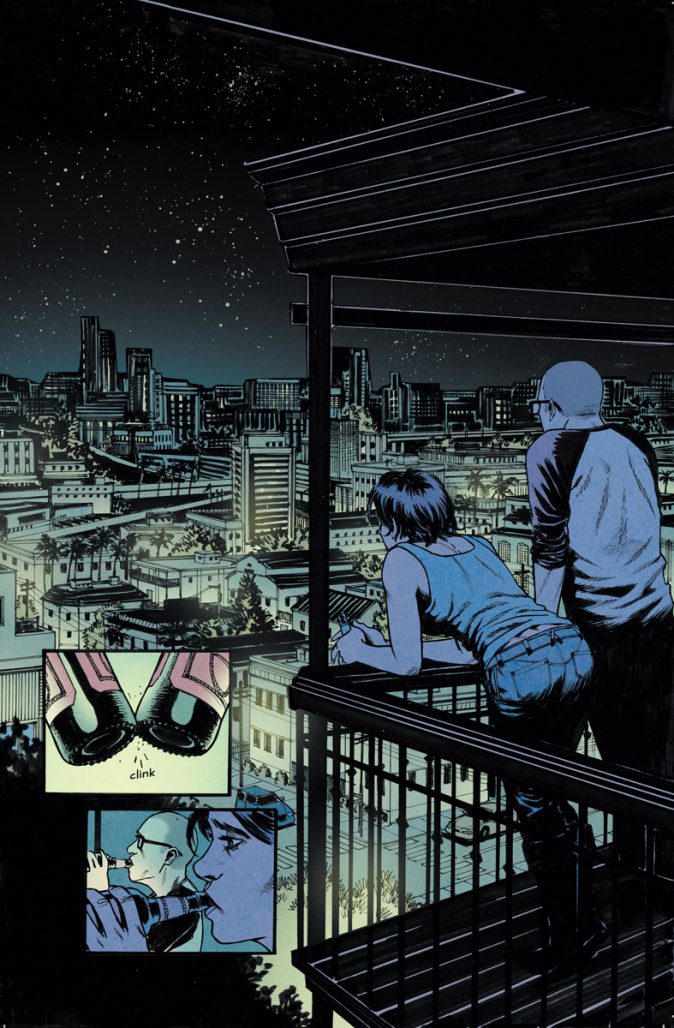



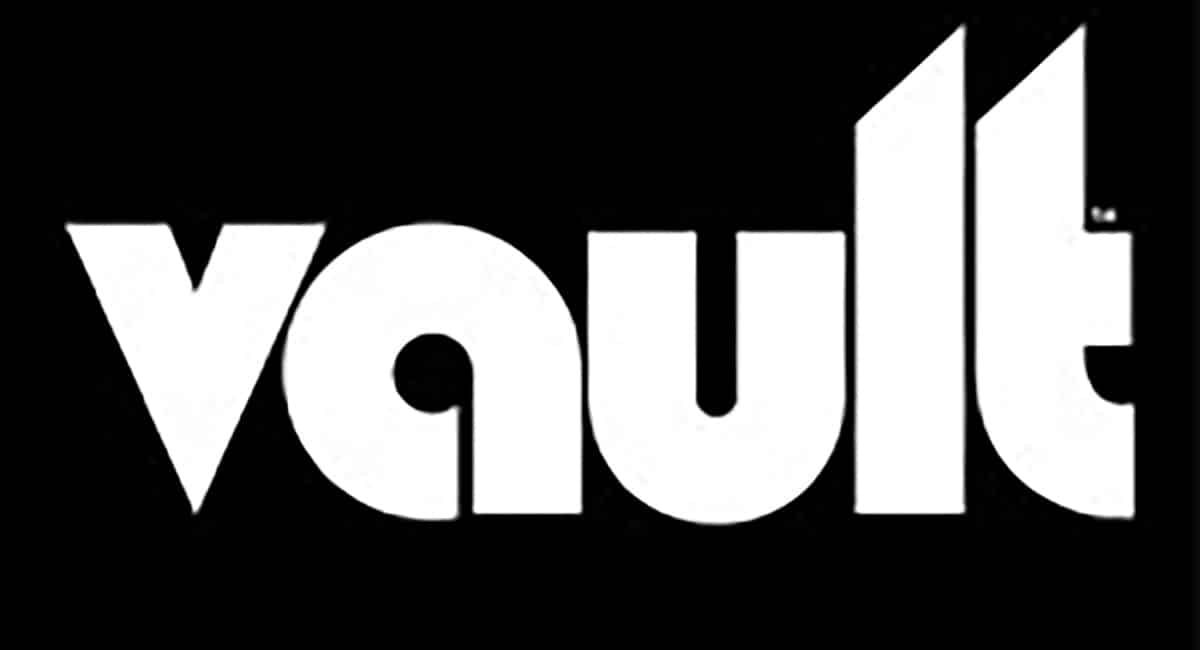

hello use this
Comments are closed.